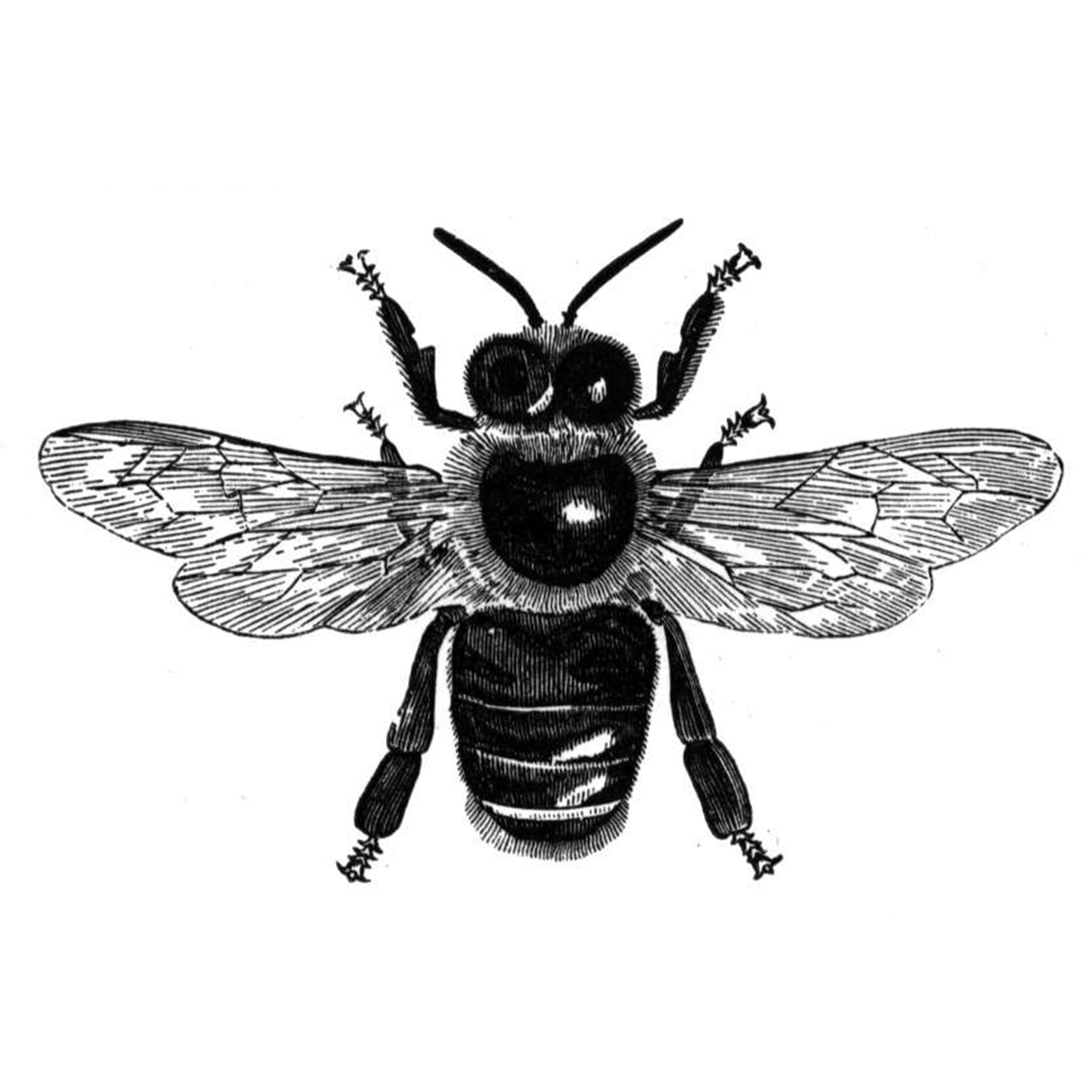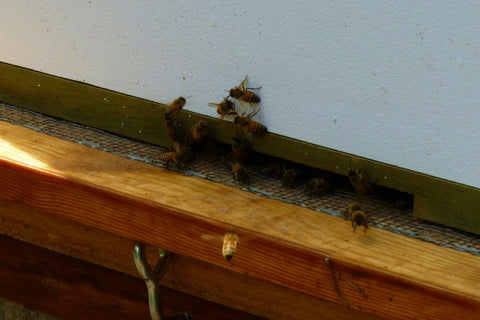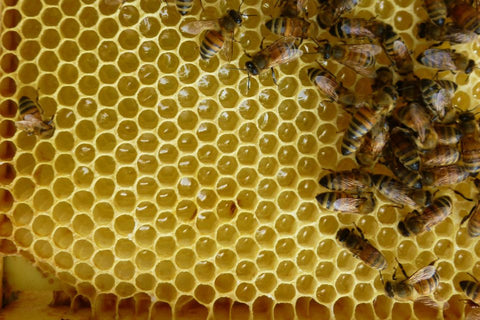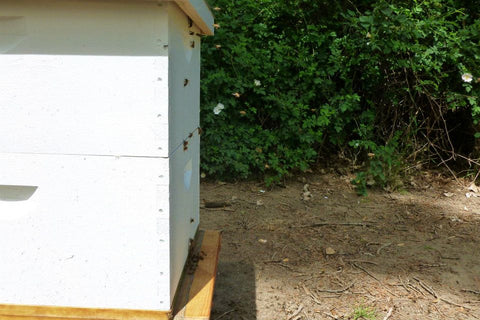Britt's Beekeeping, Part 1: Bee Basics

A good friend of mine recently made a trip home to Boise to visit her family and had the opportunity to learn about some local honey beekeeping efforts. She's been talking about getting a hive for her yard here in Seattle for some time, so was an eager student as she learned about many of the details of bees and beekeeping. She took incredible pictures, which she posted on Facebook, and added very informative captions for each one. I thought they were so great that I asked if I could highlight them here on Skruben as well. She said "great!", so here is Part 1 of Britt's Beekeeping...
Bee Basics:
This is the hive. There are two stacked boxes which contain frames that can be slipped out from the top. Smoking the hive makes the bees crave honey so they stay down in the combs and are less likely to sting, or leave.

This is the bees' ground floor entrance to the hive.

There's another entrance in both boxes. The top one leads to the sugar water (simple syrup) feeders.

This is the sugar water feeder. Right now, they're drinking almost a gallon of sugar water every two days. The more of it they drink, the less they'll eat the honey.

The bees eat honey. The pollen they collect is fed to the larvae. A bee produces about 1/4 teaspoon of honey in her lifetime.

The yellow-legged bees have full pollen sacks. They can visit up to 2000 flowers a day, but only carry 50-100 flowers' worth at a time. The most productive worker bees may wear their bodies out after 2-3 weeks. Worker bees can live 2-3 months in the active season.

On the warmest days, some workers stand at the entrance and fan with their wings to lower the hive temperature to 93 degrees Fahrenheit. Over the winter, bees can live longer. They huddle around the brood (egg) cells and take turns vibrating their bodies to maintain the 93 degree environment.

Workers have multiple roles in their lives. The youngest produce wax flakes from chest glands that other workers chew and soften to build the combs. All these workers are imperfect females, meaning they can't lay eggs that become workers.

Bees also produce propolis, which is a very very sticky, dark orange, resinous substance that they get from plant sap and they use to hold things together in the hive. It has to be loosened to lift out the frames. A full frame weighs about 8 pounds.

In the next installment of Britt's Beekeeping...Part 2: Honeycomb
All photos courtesy of Britt McCombs



Leave a comment